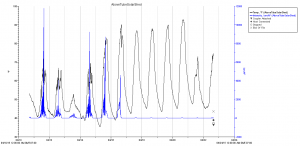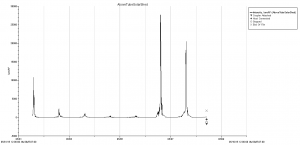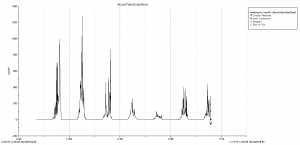Written by Cecelia Verde with research done by Sarah Scott
Next week we are headed over to Cedar Creek Corrections Center to pick up tilapia that they have been growing in their aquaponics system. The prison has a large and successful system that is fully maintained by inmates. We will be fortunate enough to tour the facility, get some tips and see how an efficient aquaponics system operates.
We are particularly excited to be getting tilapia and thoroughly believe they are the right fish for our greenhouse. Tilapias are naturally rugged fish; resistant to disease and parasites, temperature changes, high levels of ammonia and low levels of oxygen.
In an aquaponics system all of these needs should generally be met with little effort. Although fish naturally produce ammonia through their waste, bacteria and the growing plants convert and absorb it respectively. Oxygen is provided during the water’s circulation between the tank and bed. On the off chance that something does come up, tilapia’s strength will give us ample time to address the situation without putting their lives in danger.
We are planning on eating the tilapia! These fish are also super cool because their meat is naturally bland. This gives the caretaker the freedom to adjust the flavor via the fish’s diet and water quality. Giving tilapia a variety of food and potable water adds to their flavor complexity and makes for a tastier fish. We plan on giving the tilapia a high quality food designed especially for them and duck weed. We are adjusting the water quality by making sure what we are adding to the tank is dechlorinated (which involves letting the water sit out for about 12 hours) and something we would all be willing to drink.
In order to eat the tilapia we have to make sure we have enough to keep the system running. This will be done through strategic breeding in separate tanks. Tilapia can spawn every 4-6 weeks and fry, like adults, are relatively easy to care for. The fry will mature quickly and will be ready to eat in only 7 months! Once we have replacement fish we will be able to eat the present adults.
Please feel free to come into the Mod Shop, ask for a tour and meet our new fish!
For more info on tilapia farming check this out:
https://lakewaytilapia.com/How_To_Raise_Tilapia.php
For more info on Cedar Creek Corrections Center:
http://www.doc.wa.gov/corrections/incarceration/prisons/cccc.htm



